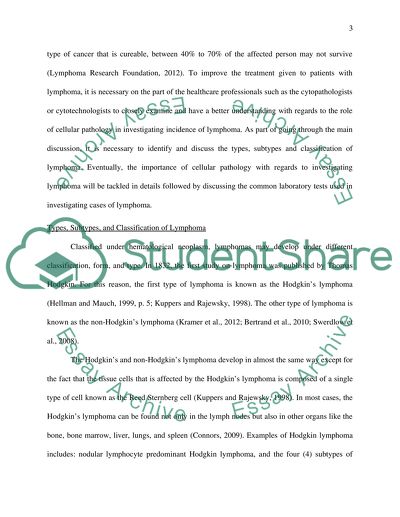Cite this document
(“The role of cellular pathology in investigation of lymphoma Essay”, n.d.)
The role of cellular pathology in investigation of lymphoma Essay. Retrieved from https://studentshare.org/health-sciences-medicine/1402569-the-role-of-cellular-pathology-in-investigation-of
The role of cellular pathology in investigation of lymphoma Essay. Retrieved from https://studentshare.org/health-sciences-medicine/1402569-the-role-of-cellular-pathology-in-investigation-of
(The Role of Cellular Pathology in Investigation of Lymphoma Essay)
The Role of Cellular Pathology in Investigation of Lymphoma Essay. https://studentshare.org/health-sciences-medicine/1402569-the-role-of-cellular-pathology-in-investigation-of.
The Role of Cellular Pathology in Investigation of Lymphoma Essay. https://studentshare.org/health-sciences-medicine/1402569-the-role-of-cellular-pathology-in-investigation-of.
“The Role of Cellular Pathology in Investigation of Lymphoma Essay”, n.d. https://studentshare.org/health-sciences-medicine/1402569-the-role-of-cellular-pathology-in-investigation-of.


